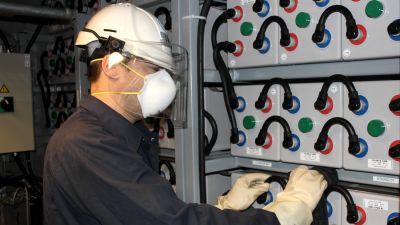
Micro Smart Grid
The most important feature of the Princess Elisabeth Station is also the one that allows it to achieve its "Zero Emission" target: the micro smart gird. This system is based on energy prioritization, and was developed in collaboration with IPF partners GDF Suez (Laborelec) and Schneider Electric.
Energy Demand Management
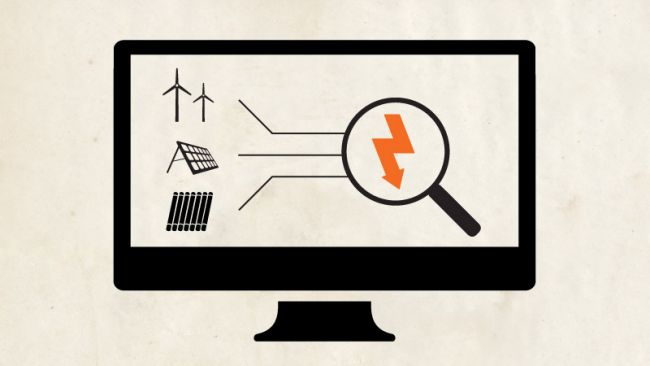
Monitor Available Resources
Green energy sources are usually not constant, especially in Antarctica. Because the station cannot endlessly create energy to meet an uncontrolled demand, all station's inhabitants have to adapt their demand to the quantity of available energy. A central computer monitors available energy and distributes it according to a set of strict rules.

Prioritise Demands
The energy demand inside the Princess Elisabeth Station is ruled according to a prioritized system. Depending on the time of the day, certain activities will have the priority above others. However, general priorities were also set, regardless of the time of day, ranging from security (highest) to entertainment (lowest).
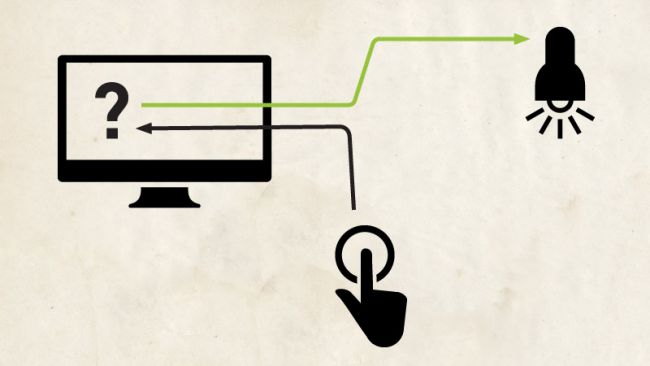
Allocate Energy to End Users
When a user requests energy, he/she has to push a switch located next to the power socket and wait for the system to check for energy availability. If energy can be delivered according to the system's priorities, the switch turns green, if not, the switch remains red and the user has to wait.
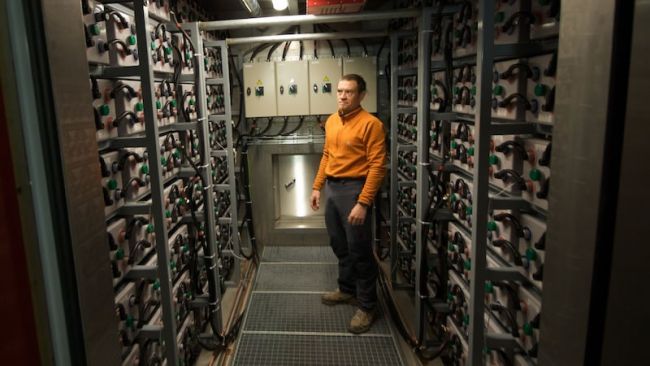
Batteries for Storage
Because of the changing weather conditions in Antarctica, the energy production is not always optimal.
In order to ensure energy availability, however, the Princess Elisabeth Station was equipped with clusters of lead-acid batteries to store the excess energy for later use.
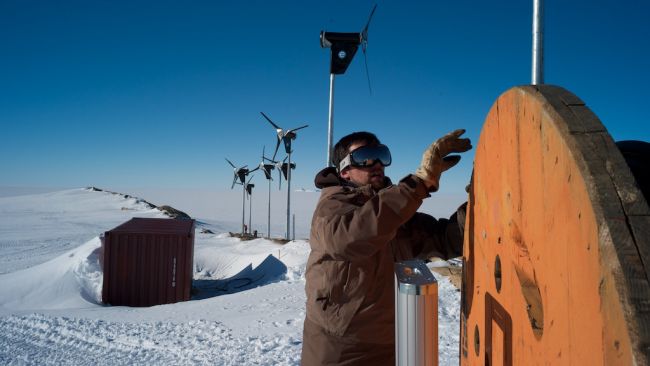
Efficient Energy Management
While all technological elements for energy production at the Princess Elisabeth Station have been available for quite some time, they had never been interconnected as a stand-alone energy efficient network.
Managed by a Programmable Logic Controller, the smart grid reaches an installed energy that is ten times superior to the energy production, making the station's micro smart grid three times more efficient than any existing network.
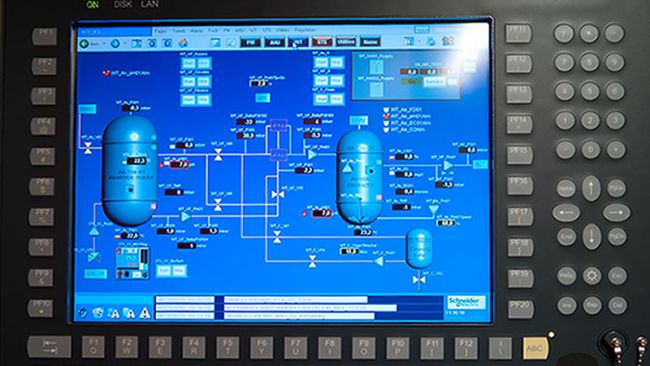
Remote Controlled
Thanks to the satellite ground station, provided by IPF partners SES Astra, the Princess Elisabeth Station is now permanently linked to Belgium. This unique feature of the station will allow scientists to send scientific data to their laboratories worldwide in real time.
Yet, beyond the scientific added value of the satellite link-up with the station, the main advantage will be the ability to remotely operate the station, thus ensuring best efficiency for the micro smart grid's energy management.
